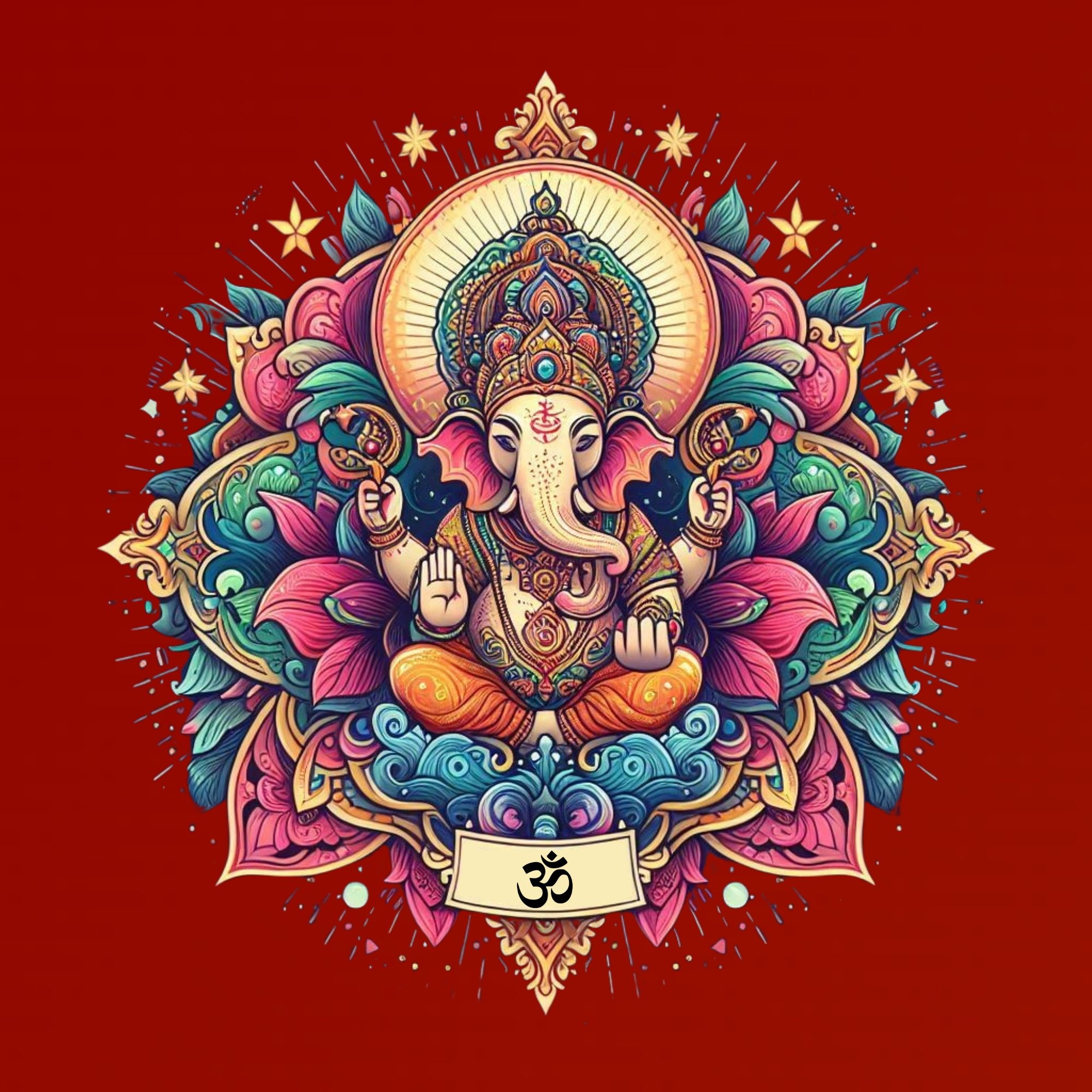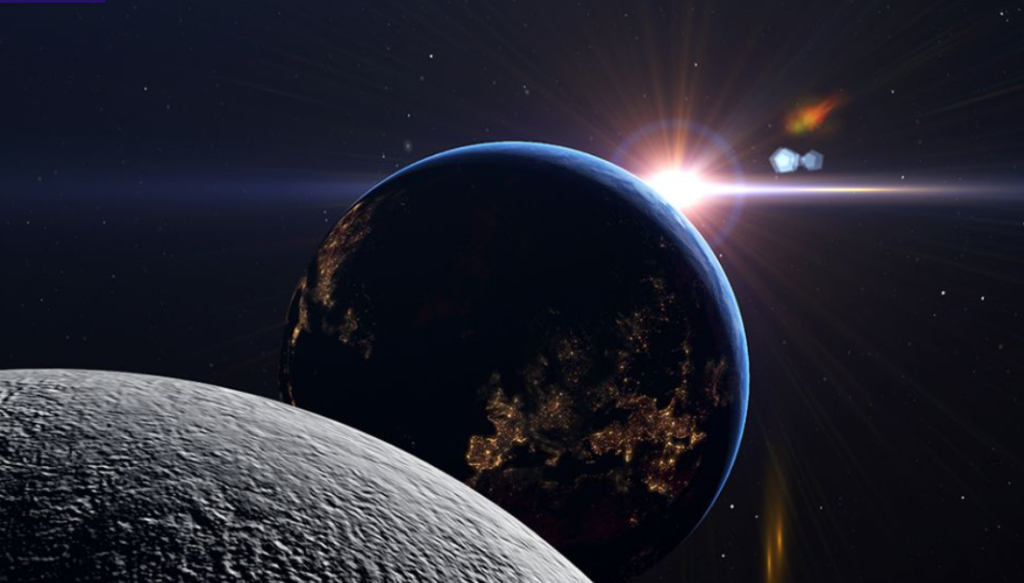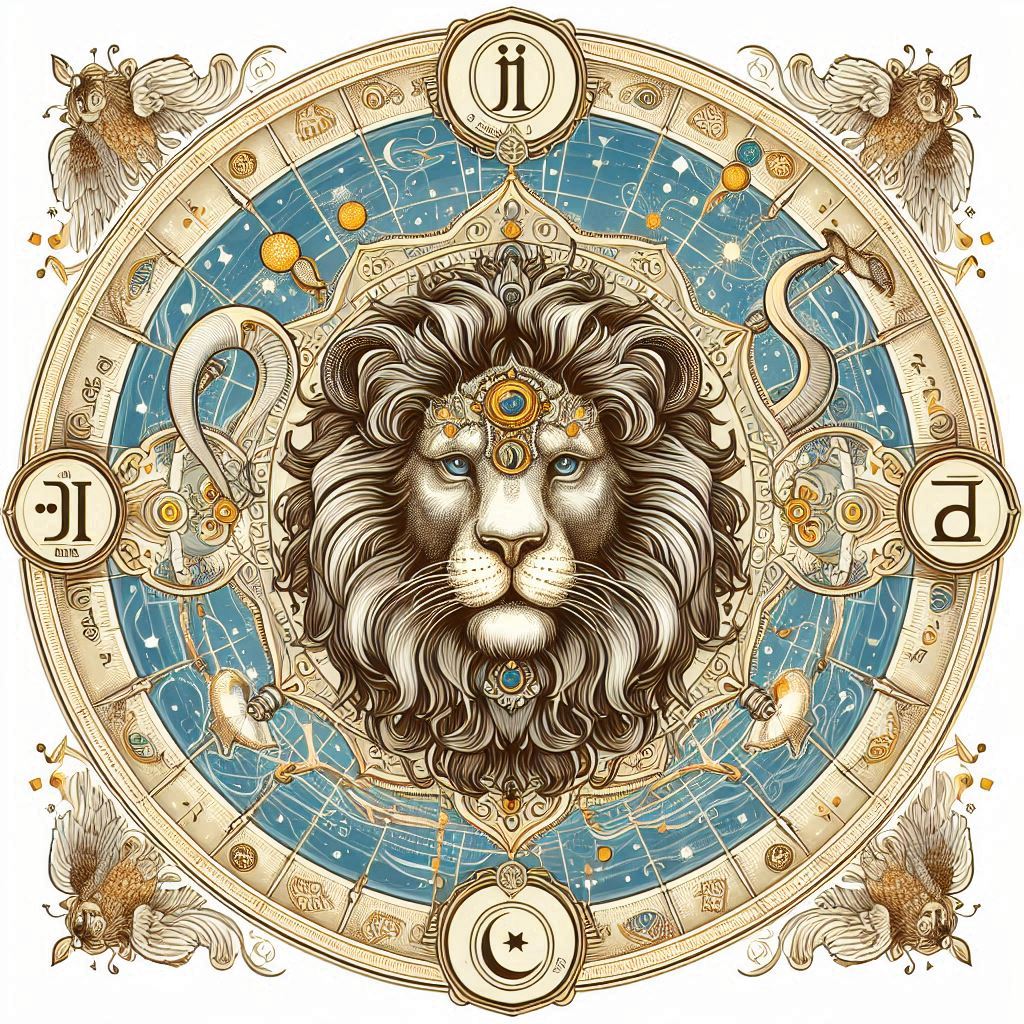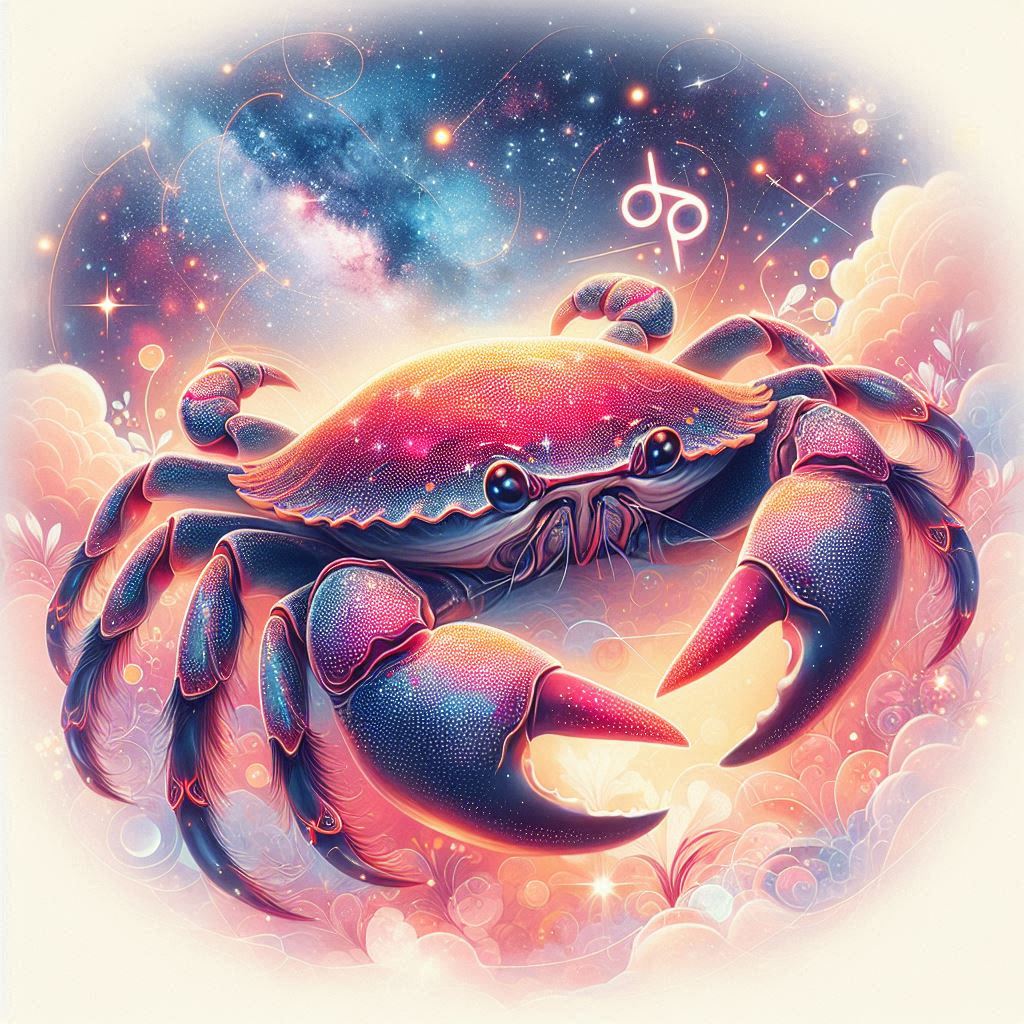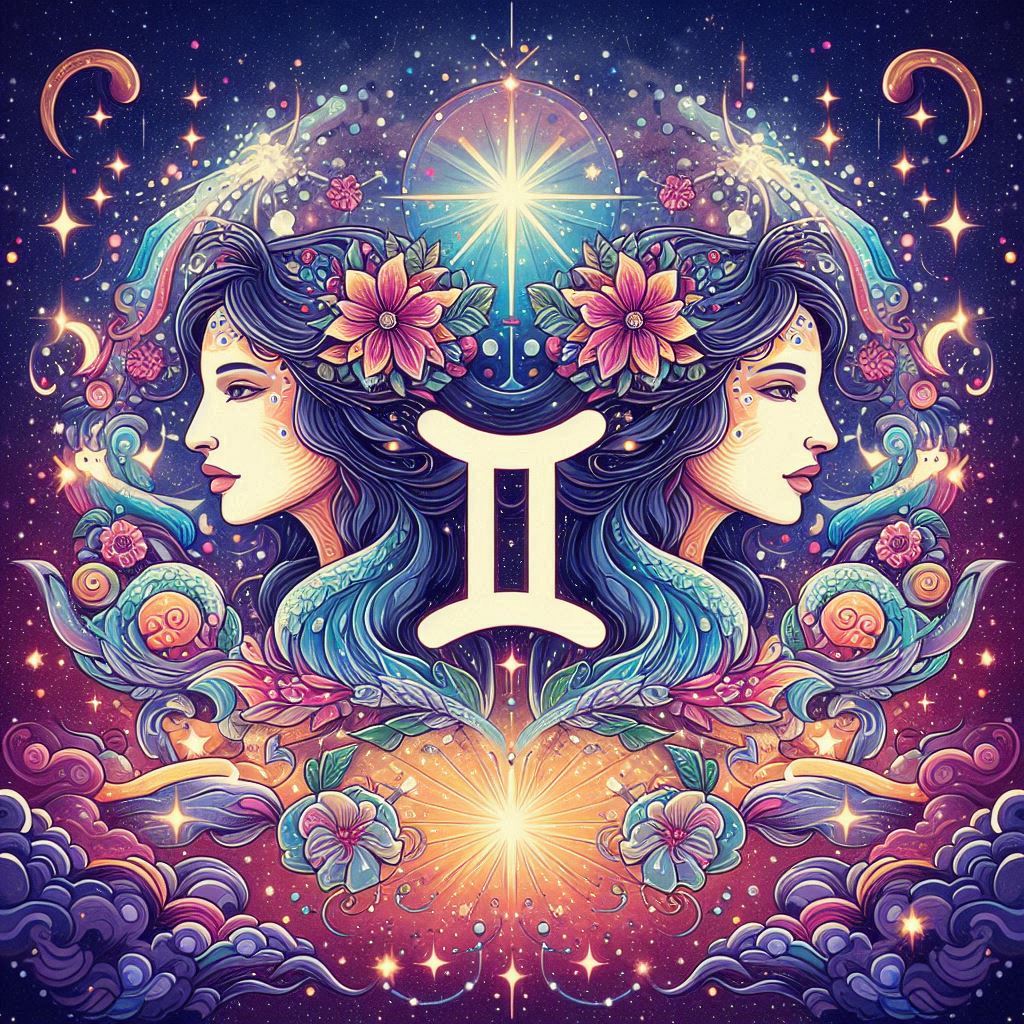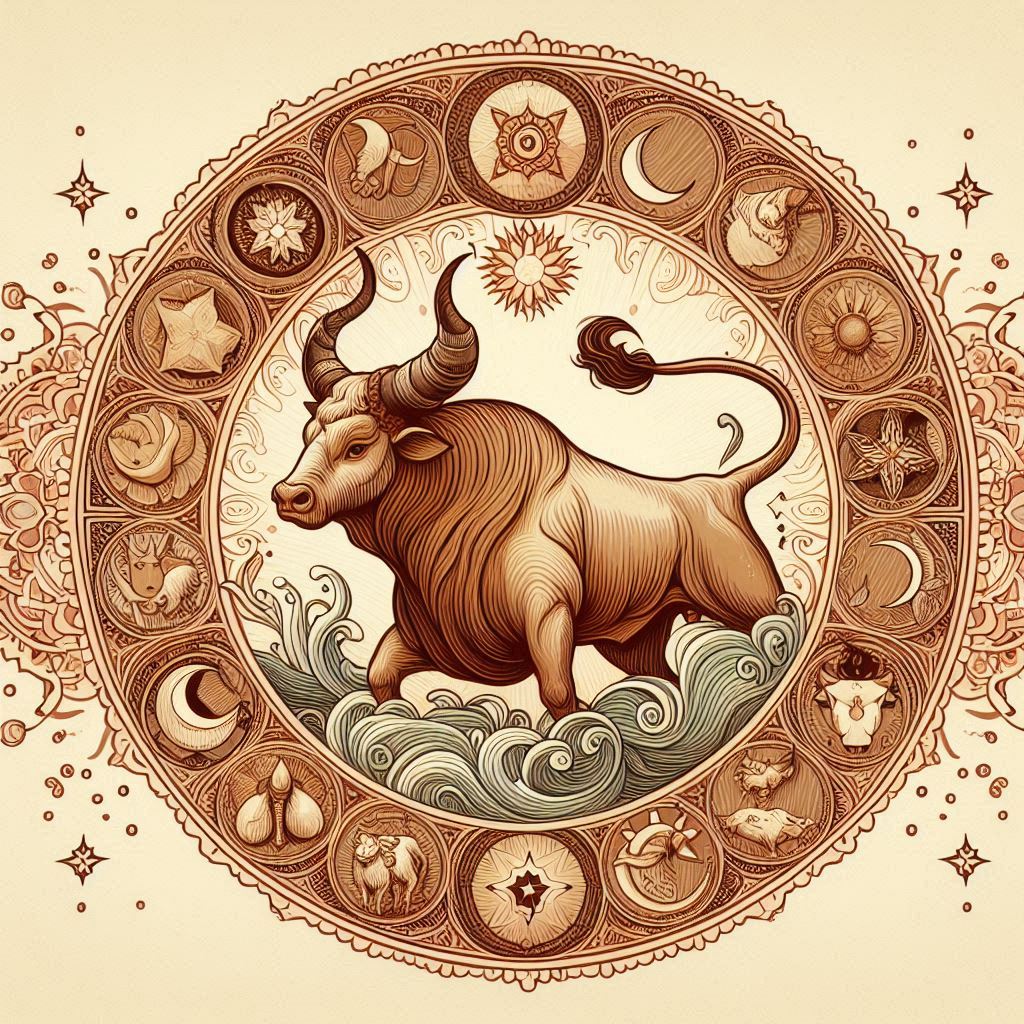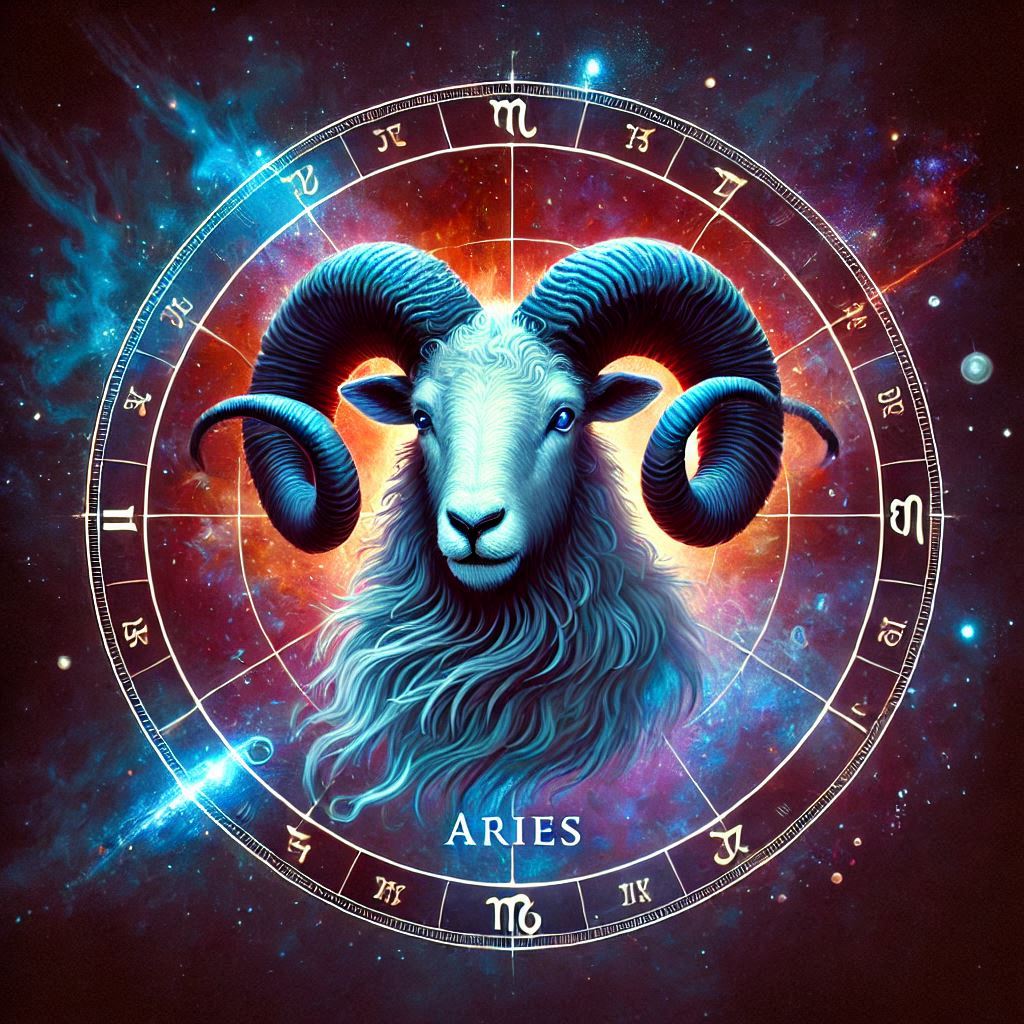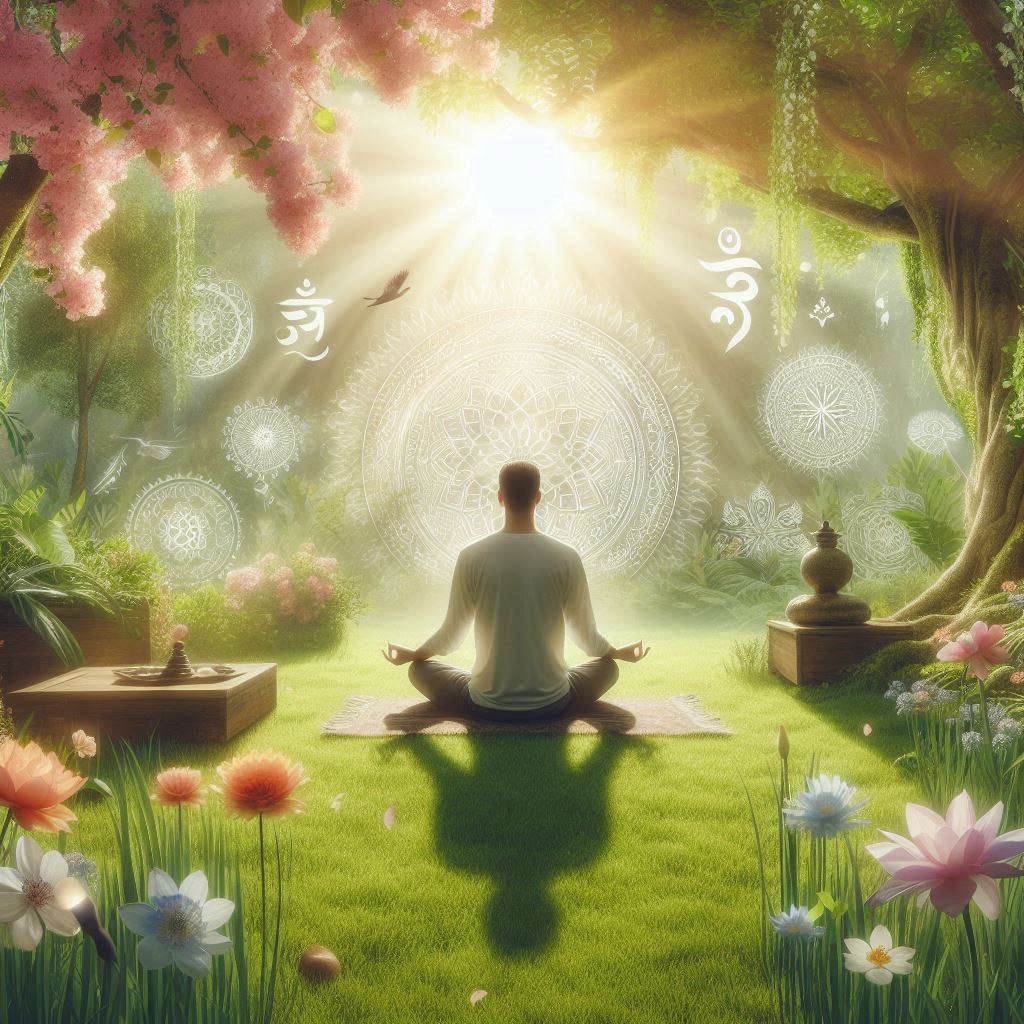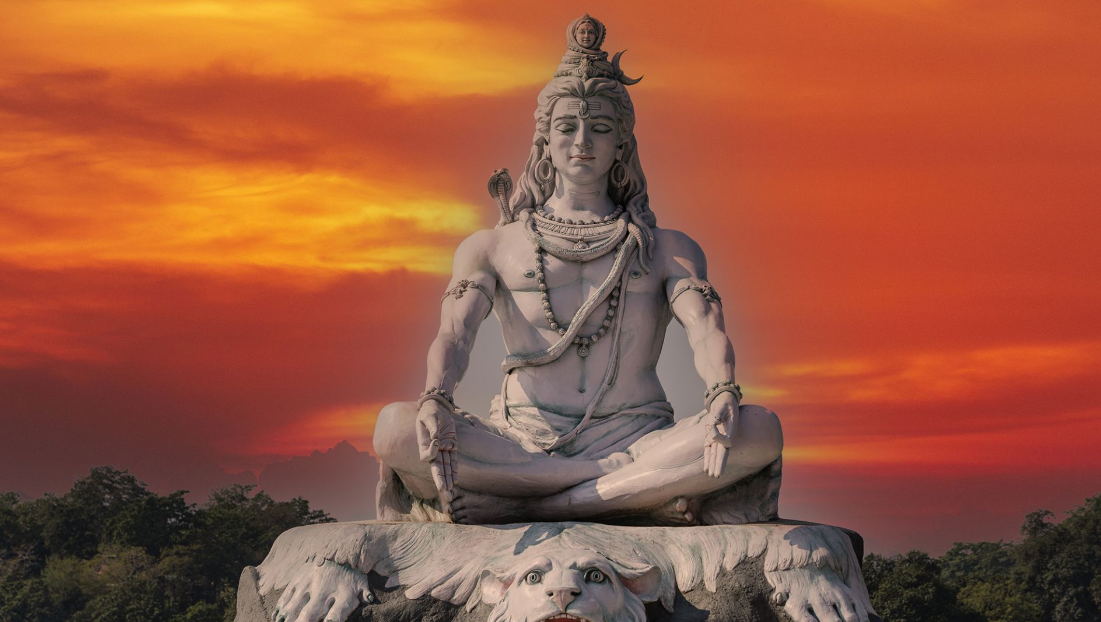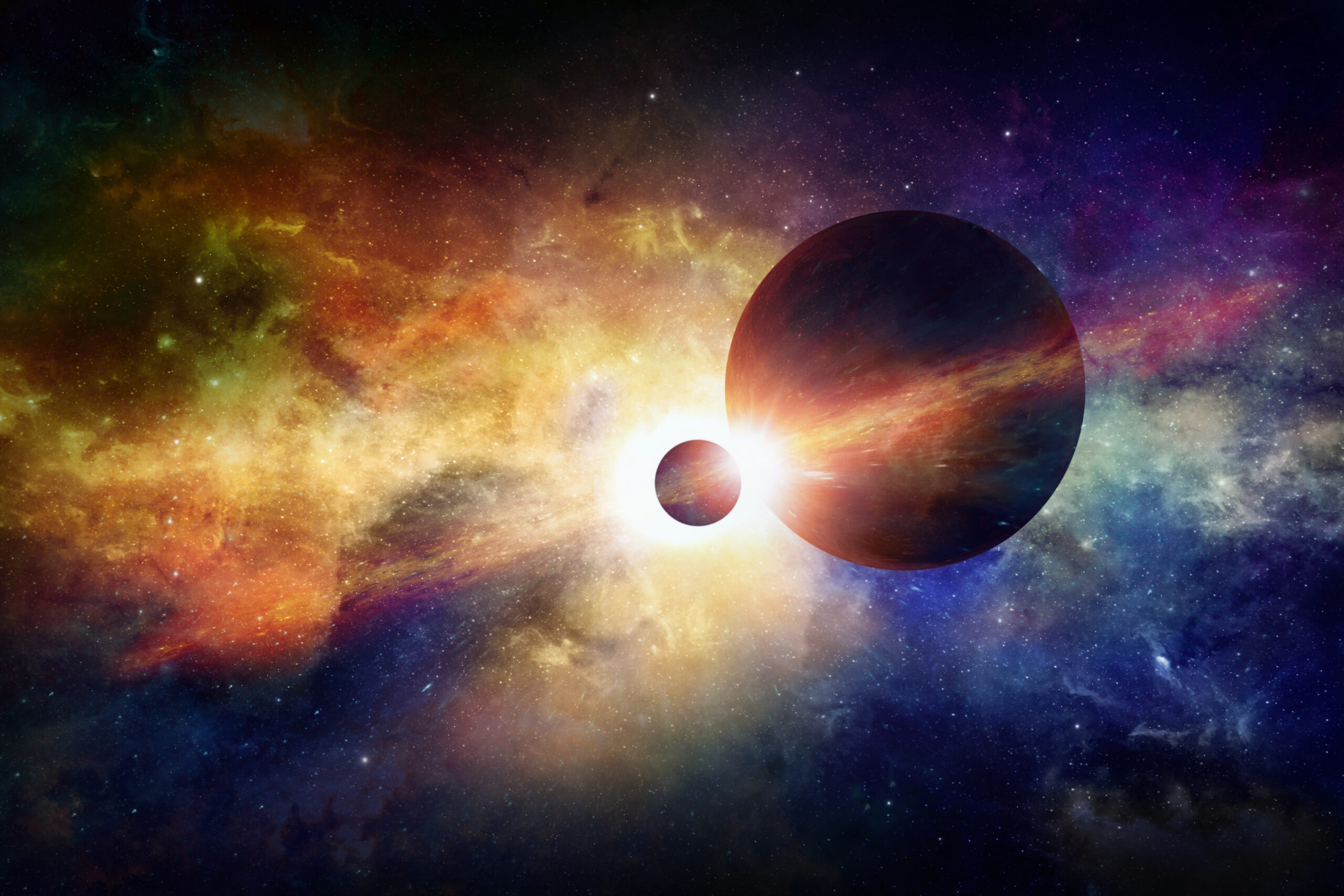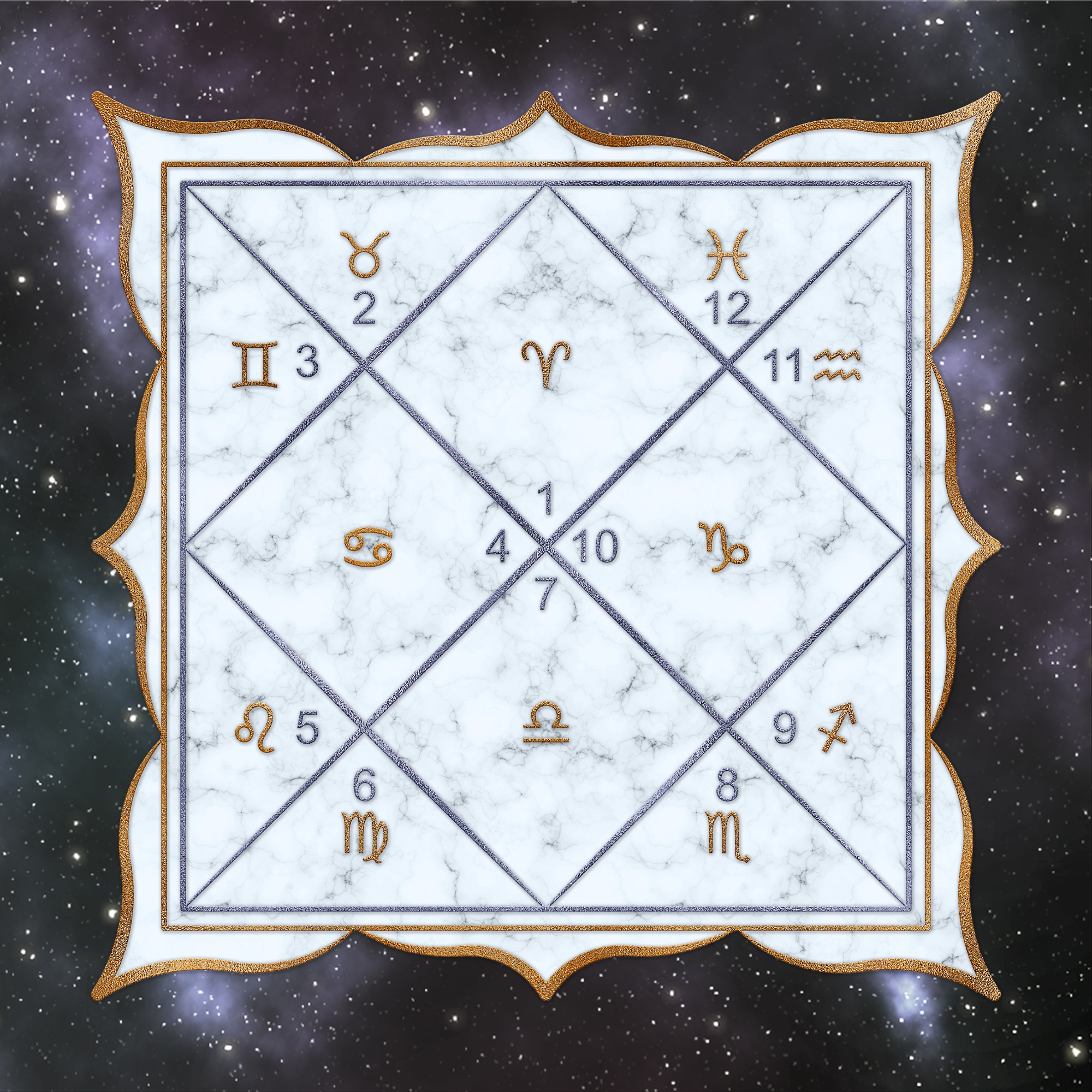Vedic Astrology or “Jyotish” is a Science of Planets
When “Jyotish” means the science of light, we can immediately relate it to planets and potentially call it the science of the light we receive from planets. It can be considered as if planets send us their “light rays” and influence us based on the radiation we receive, depending on the positioning of the planets (at birth and throughout life during planetary transits).
Thus, the essence of Vedic astrology is based on a thorough understanding of the meaning of planets: what they represent and how they influence us, with what type of energy. Each planet represents certain qualities found in the universe and nature and will therefore have a particular impact. Then, depending on its position and the combinations between the planets, it will influence us uniquely from birth and throughout our existence, with periods sometimes favorable and sometimes more challenging, which the Vedic astrologer can decipher and anticipate.
In Jyotish, planets are referred to by the Sanskrit term graha, which means “that which grasps.” This term clearly illustrates the impact of the planets on us: they grasp us with their energy and influence us to fulfill our karma. It is therefore essential to understand the functioning of each planet: what it means, its type of energy, how it can influence us on different levels, to understand our incarnation and know how to make the most of each planet to help us in our life and sometimes how to balance or strengthen the influence of a planet in our life.
We will see that some planets are naturally referred to as “benefic” and others naturally “malefic” because their tendency can be very positive (bringing energy, luck, good vitality, a sense of aesthetics, etc.) or challenging (mental disturbances, confusion, energy loss, illnesses, etc.).
In any case, the Vedic astrologer relativizes these appellations: the so-called “malefic” planets are not to be seen as negatives, they help us understand the challenges of our incarnation, the difficulties to overcome in our life, and to take control of our life with personal and/or spiritual work (sadhana in Sanskrit). It is the difficult moments in our life that trigger important questioning and necessary changes; thus, we can view the so-called “malefic” planets from this perspective and use the difficulties created in our life as means to evolve and transform (one of the four goals of life: moksha, spiritual liberation).
In subsequent posts, we will detail each planet individually. In Jyotish, there are nine planets or grahas; the essential difference from classical or Western astrology at this level is that Jyotish only considers what the ancient sages, the rishis, could observe with the naked eye in the sky: thus, there is no mention of Uranus, Neptune, or Pluto, for example.
The grahas in Jyotish are (the Sun and Moon are considered planets because their function is identical in astrological terms, even if astronomically, they are different from classical planets): Surya (the Sun), Chandra (the Moon), Mangala (Mars), Budha (Mercury), Brihaspati or Guru (Jupiter), Shukra (Venus), Shani (Saturn), and the lunar nodes (a post will specifically be dedicated to them) Rahu and Ketu, very important in Jyotish.
Very succinctly, here are the significators (karaka) associated with these planets, and the full details will be covered in specific posts.
- SURYA: the Sun, represents the soul, the Self, ego, physical vitality or vigor, the father, and is the King of all planets. It is essential, even though Vedic astrology is not “solar” like Western astrology but rather “lunar.” Because it is the Sun that illuminates the Moon and allows it to shine.
- CHANDRA: the Moon, represents the conditioned mind (manas), the mind, emotions, the heart, sensitivity, the mother, women, happiness, and the public.
- MANGALA: Mars represents the prana or energy, courage, passion, war, sex, brothers, work, conflicts, and real estate.
- BUDHA: Mercury, represents intellect, rational intelligence, logic, discernment, decision-making, communication, and means of communication such as computers, the nervous system, writing, and astrology.
- BRIHASPATI or GURU: Jupiter is the planet of knowledge, philosophy, wisdom; it also represents abundance, wealth, “good fortune,” and children. It can be related to Ganesh and what references it.
- SHUKRA: Venus, represents beauty, aesthetics, harmony, grace, charm, and charisma, as well as artistic activities or illusion.
- SHANI: Saturn, represents slowness, time, the long term, discipline; it is a force of contraction, unlike Jupiter, which is a force of expansion; it also represents sadness, separation, isolation, sorrow, perseverance, and endurance. It can be iconified by Shiva, in the sense of the master yogi and ascetic.
- RAHU: the first lunar node (north, symbolized by the dragon’s head) predominantly represents foreigners, unconventional or marginal behaviors, and can bring many difficulties; it is considered strongly similar to Saturn, except with expansive energy that can exacerbate difficulties.
- KETU: the second lunar node (south, the dragon’s tail) predominantly represents foreigners, unconventional or marginal behaviors, and can bring many difficulties; it is considered strongly similar to Mars, because it has a sharp side. It is the indicator planet (karaka) of spirituality or moksha, spiritual liberation.
Although considered malefic, the lunar nodes can bring their utility if we know how to listen and compose with them.
- Sun as the soul, Moon as the mind, Mars as strength, Mercury as speech, Jupiter as knowledge and health, Venus as desire, and Saturn as sorrow (according to an ancient text called Brihat Jataka).
- Among these nine grahas, the naturally “benefic” planets are Moon, Mercury, Jupiter, and Venus and the naturally “malefic” planets are the Sun (it burns if a planet is too close to it), Mars, Saturn, and Rahu/Ketu. We will see why in the posts dedicated specifically to each planet.
Vedic astrology is essentially based on Vedic (Indian) mythology, so it is fundamental to know the myths and mythology associated with the planets and the general Vedic context to decipher their functions and influences, as well as other numerous aspects of Jyotish.
Mythology helps us understand the energies, psychic tendencies, traits of personifications, etc., that will influence us based on our birth chart and planetary transits throughout our entire life. The symbol is strong and rich in meaning; the astrologer’s role is to identify the “planetary combinations” and help you understand their meaning through the associated symbolism.
